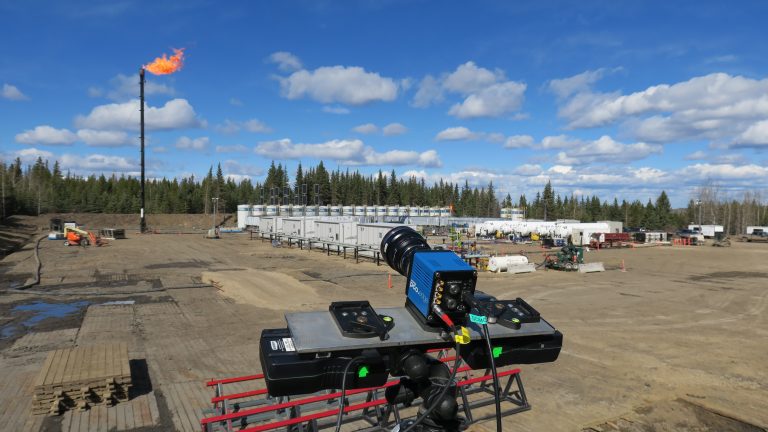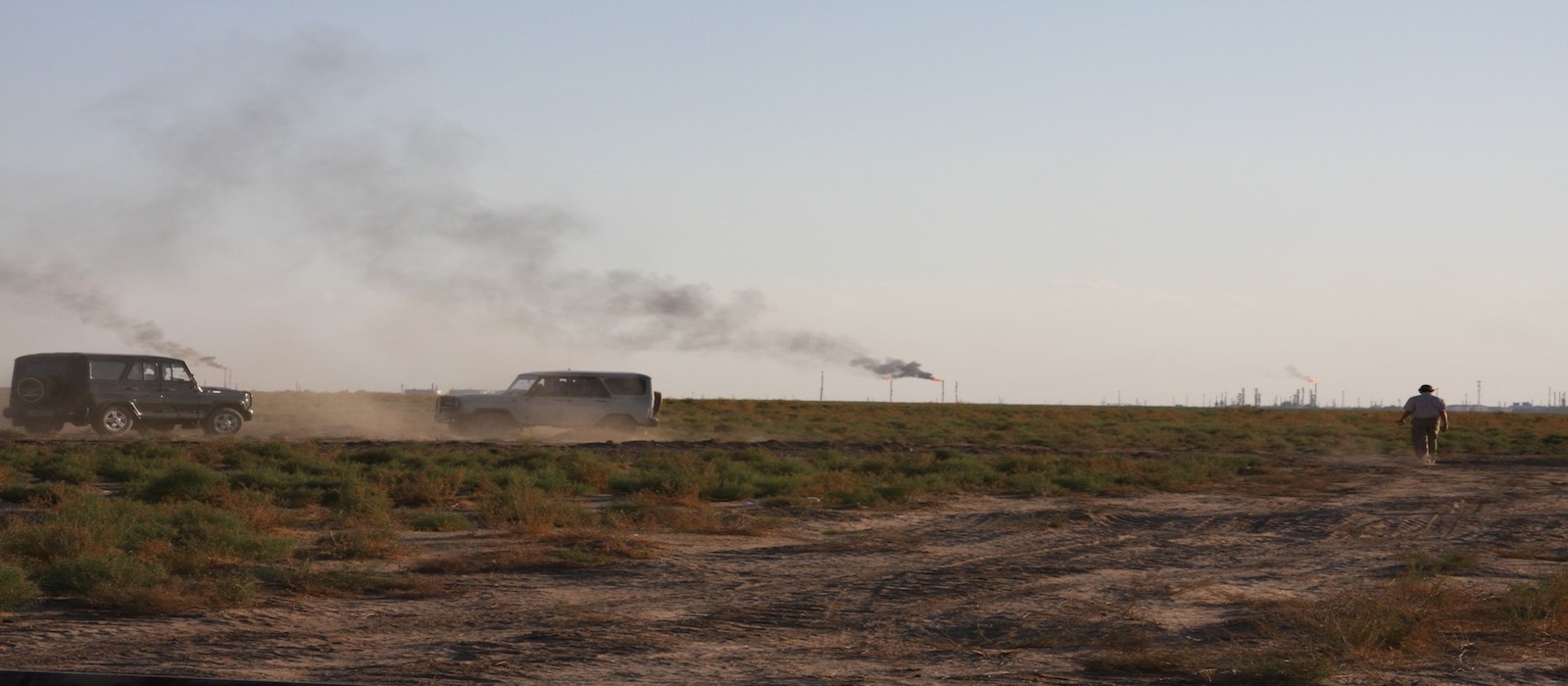An important pollutant emitted as a result of flaring is soot, also known as black carbon. While extremely harmful to humans when inhaled, it also poses serious environmental hazards as it’s harmful to ecosystems, decreases agricultural productivity and contributes to global warming. Black carbon is the second largest contributor to climate change after carbon dioxide.
Until recently, despite the notable concerns over black carbon emissions from flaring, no quantitative emission measurement technique has existed, and previous techniques have proven inaccurate, relying on qualitative visual measurements by a trained human observer. The appearance of plume opacity can be drastically effected by the plume’s “reflection” of skylight and sunlight.
The research team at EERL have developed Sky-LOSA (line-of-sight attenuation using skylight).
Sky-LOSA uses a one of a kind imaging technique that enables the quantification of instantaneous black carbon emission rates through an artificial control surface within the image plane of a scientific camera. High speed, grayscale image data and consideration of optical properties and radiative effects allows for an accurate quantification of black carbon emission rates.
To date, Sky-LOSA has been deployed in nine field measurement campaigns in Uzbekistan, Mexico, Ecuador, and Alberta

The sky-LOSA camera acquiring image data near Grande Cache, Alberta. Images acquired in the field are post-processed at EERL in Ottawa. Processing of ten minutes of data now takes approximately three days, down from two months when sky-LOSA was first developed.
